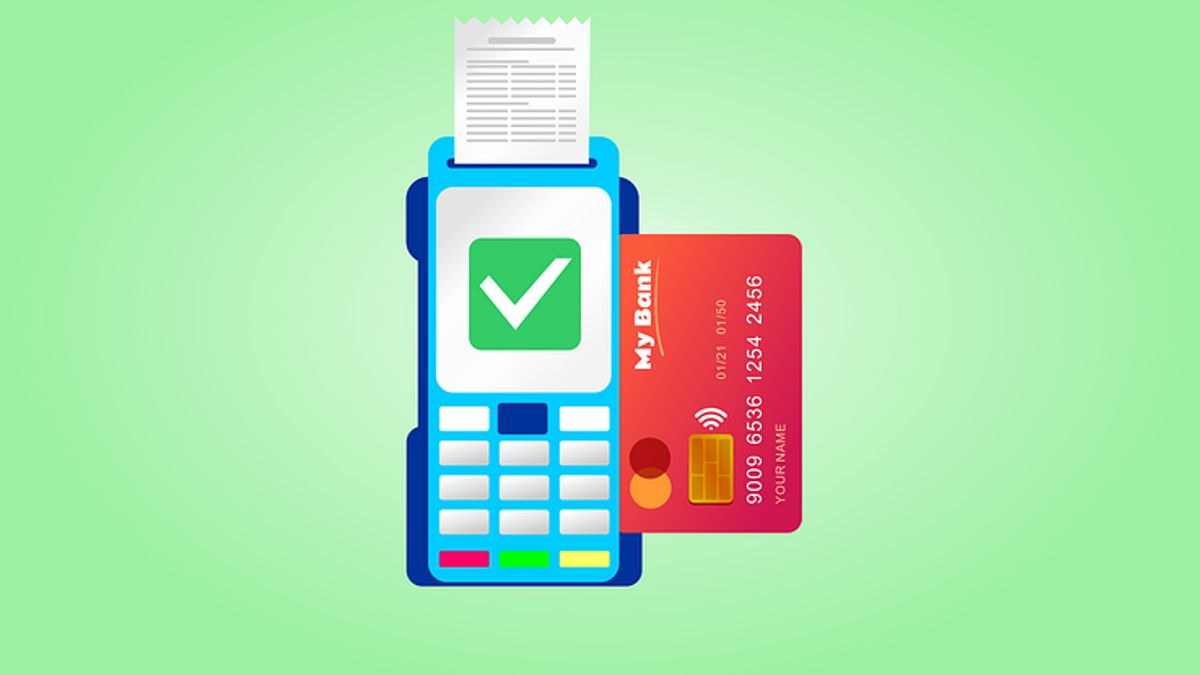JAKARTA - As people's activities resume after the COVID-19 pandemic has improved, Kaspersky's report found that malware infections in cash withdrawal machines/ATMs and PoS (point-of-sale) terminals are increasing.
When the WHO announced the pandemic in 2019, the number of malware attacks declined, from about 8,000 in 2019 to 5,000 in 2020.
By 2021, the number of devices infected by ATM malware will rise by 39 percent. Growth in the threat of malware attacks will accelerate in 2022.
VOIR éGALEMENT:
To keep embedded systems and data safe, Kaspersky researchers recommend implementing the following steps:
- Use a layered solution that provides the optimal choice of the protective layer to provide the best level of security for devices with different powers and with different deployment scenarios.
- Implemented self-protection techniques in the PoS module, which aims to prevent malicious code from tampering with the transactions managed by the module.
- Protect the old system with the latest protection. Solutions must be optimized to run with full functionality on older versions of Windows as well as the latest Windows families.
- Install security solutions that protect devices from various attack vectors.
- For financial institutions that are victims of this kind of fraud, Kaspersky recommends the Threat Attribution Engine to help the IR (investor relations) team find and detect ATM and PoS threats in the attacked ecosystem.
- Give your team access to the latest threat intelligence (IT).
The English, Chinese, Japanese, Arabic, and French versions are automatically generated by the AI. So there may still be inaccuracies in translating, please always see Indonesian as our main language. (system supported by DigitalSiber.id)














